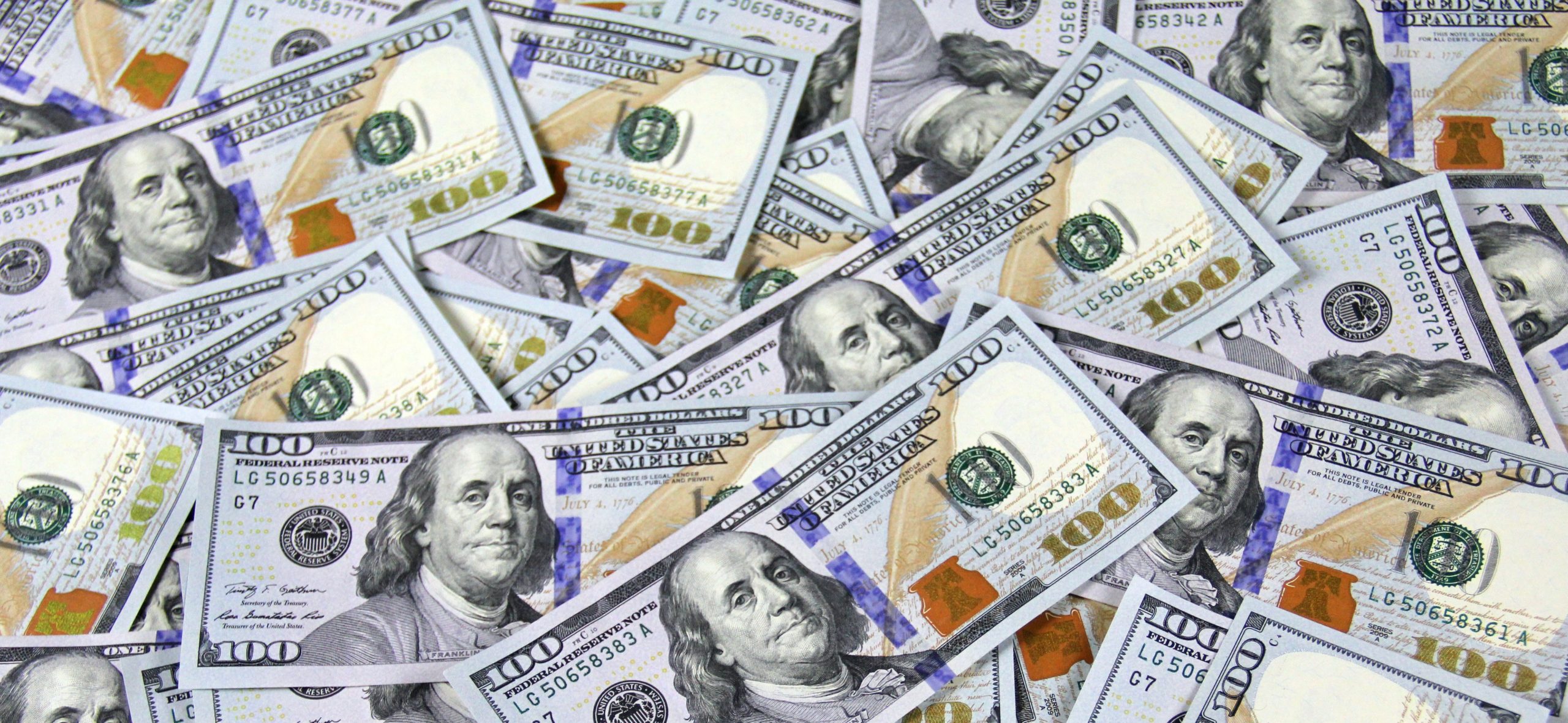How To Implement Effective and Affordable Changes to Federal Minimum Wage Policy

Raising federal minimum wage limits is not a new debate, with the last overhaul happening in the early 2000s, raising the wage to $7.25 per hour. Unfortunately, as many argue, the last hike did little to negate the poverty risk of minimum wage workers, especially those with children. Moreover, the real value of current minimum wage policies is nearly 26% less than in 1968 after inflation is figured into the mix, meaning a change is necessary.
When a single parent working a minimum wage job can fall below the poverty threshold, the policy fails. The purpose of a federal minimum wage standard is to help people rise out of poverty. The standard needs to change, but it is how the government chooses to enact the change that will make all the difference.

The Pipedream of an Immediate Hike to $15
Many economists do not argue the merit of a $15 minimum wage, but the immediate implementation of such a policy is a mistake. If the government chooses to enact the immediate transition from $7.25 per hour to $15 per hour, it will effectively hurt the people and businesses it is claiming to help. Instead, a better approach would be to focus on moderate and incremental changes over a set period, allowing the economy to catch up.
If the change is made too quickly, the country puts businesses in a predicament, especially with the current threat of labor shortages. Many companies might cut employee hours to comply with the federal demand, while several others might increase service and product prices to cover the difference.
A minimum wage increase, in theory, gives workers more money in their pockets, allowing them to turn around and invest more money in the economy; it is a hypothetical win-win. Unfortunately, in practice, a wage increase must happen in a balanced way. If it is rushed, it leads to inflation and lost hours, essentially eliminating the value of the wage hike for the employee. Unfortunately, the rule of balance means an immediate jump to $15 is unrealistic, regardless of the good intentions and necessity for the change.

Incremental Increase Is Best
It is not what liberals and progressives want to hear, but the truth is an incremental change focusing on moderate minimum wage increases over a set period is best. The practice would allow companies to make necessary changes in affordable ways, reducing the risk of sudden price hikes that eliminate the benefit to workers.
The best course is to focus on an immediate and moderate minimum wage increase, providing employers with the end objective of a $15 minimum wage in so many years. Several economists have recently thrown their support behind a wage increase phased in by 2025.
The initial wage hike would set the standard at $9.50, incrementally increasing every year until reaching $15 in 2025. The increases would benefit underserved and underpaid communities across the country, specifically 21% of the U.S. workforce. By 2025, the $15 minimum wage would generate approximately $107 billion that could then be reinvested into communities and the economy.
While the wage hike would not resolve pay inequality, it would take great strides toward a solution, allowing the most progress since the increase of the 1960s when discrepancies between Black and white earnings decreased by 20%. There is no denying the need for a minimum wage increase; the debate is on implementing effective change. A moderate, immediate change with successive yearly increases appears to be the most measured and appropriate course.

What is your stance on a minimum wage increase? Leave a comment below.
